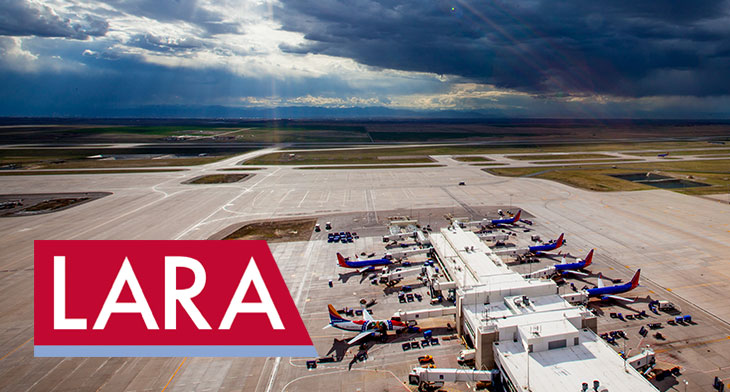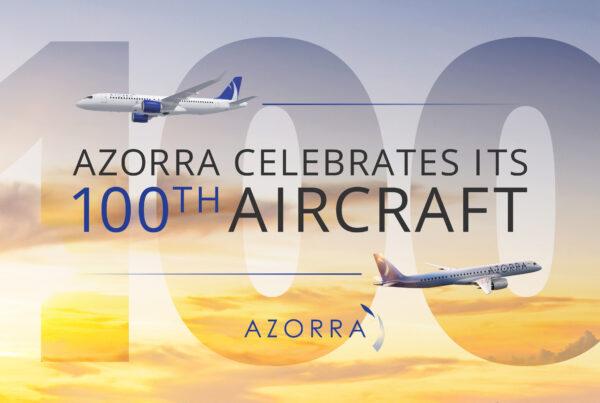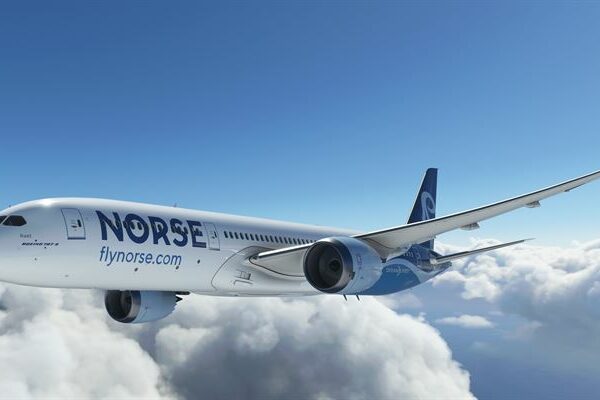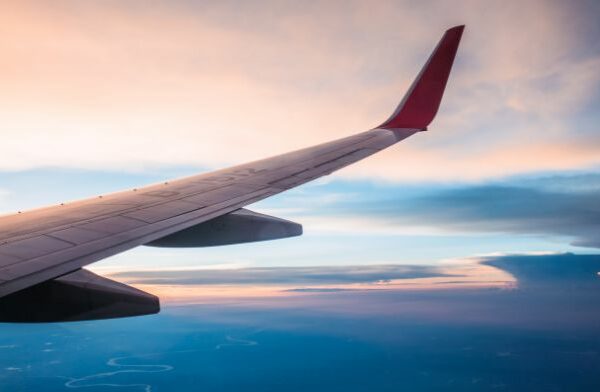The International Air Transport Association (IATA) is looking to 2019 with “cautious optimism,” suggesting the global airline industry net profit to be $35.5 billion, up slightly from the $32.3 billion expected net profit in 2018.
It is expected 2019 will be the tenth year of profit and fifth consecutive year where airlines deliver a return on capital that exceeds the industry’s cost of capital, creating value for investors.
The return on invested capital is expected to be 8.6% (unchanged from 2018) and the margin on net post-tax profits is expected to be 4.0% (3.9% in 2018).
Overall industry revenues are expected to reach $885 billion (up from $821 billion in 2018) and passenger numbers are expected to reach 4.59 billion (up from 4.34 billion in 2018). However, a slower demand growth is expected for both passenger traffic (6.0% in 2019 compared to 6.5% in 2018) and cargo (3.7% in 2019 compared to 4.1% in 2018). The average net profit per departing passenger is expected to be $7.75 ($7.45 in 2018).
IATA suggested lower oil prices and solid, though slower, economic growth (3.1%) are “extending the run of profits for the industry”, after rising costs squeezed profitability in 2018.
“We had expected that rising costs would weaken profitability in 2019. But the sharp fall in oil prices and solid GDP growth projections have provided a buffer,” said Alexandre de Juniac, IATA’s director general and CEO.
He continued: “So we are cautiously optimistic that the run of solid value creation for investors will continue for at least another year. But there are downside risks as the economic and political environments remain volatile.”
Performance drivers
IATA said the outlook for 2019 is based on an anticipated average oil price of $65/barrel (Brent), down from the $73/barrel (Brent) seen in 2018, following the increase in US oil output and rising oil inventories. Jet fuel prices are expected to average $81.3/barrel in 2019, (lower than the $87.6/barrel average for 2018) but IATA said: “the full impact of this decline will be delayed due to heavy levels of hedging in some regions.”
Fuel is expected to account for 24.2% of the average airline’s operating costs (an increase from 23.5% forecast for 2018).
Total employment by airlines is expected to reach 2.9 million in 2019, up 2.2% on 2018. Wages are also rising, and it is expected that unit labour costs will increase by 2.1% in 2019.
Passenger traffic (RPK) is expected to grow 6% in 2019, outpacing the forecast capacity (ASK) increase of 5.8% and remaining above the 20-year trend growth rate. This will increase load factors and support a 1.4% increase in yield (partly claiming back the 0.9% fall in 2018). Passenger revenues, excluding ancillaries, are expected to reach $606 billion (up from $564 billion in 2018).
The regional overview
IATA suggested all regions, except Africa, are expected to report profits in 2018 and 2019, with North American carriers continuing to lead, accounting for nearly half of the industry’s total profits. Financial performance is expected to improve compared to 2018 in all regions except Europe where improvement is delayed by the high degree of fuel hedging.
North American carriers are expected to deliver the strongest financial performance in 2019 with a $16.6 billion net profit (up from $14.7 billion in 2018).
European carriers are expected to report a $7.4 billion net profit in 2019 (down slightly from $7.5 billion in 2018), while Asia- Pacific carriers are expected to report a $10.4 billion net profit in 2019 (up from $9.6 billion in 2018).
Middle Eastern carriers are expected to report an $800 million net profit in 2019 (up from $600 million in 2018) and Latin American carriers are expected to report a $700 million net profit in 2019 (up from $400 million in 2018).
African carriers are expected to report a $300 million net loss in 2019 (improved from the $400 million net loss in 2018).








